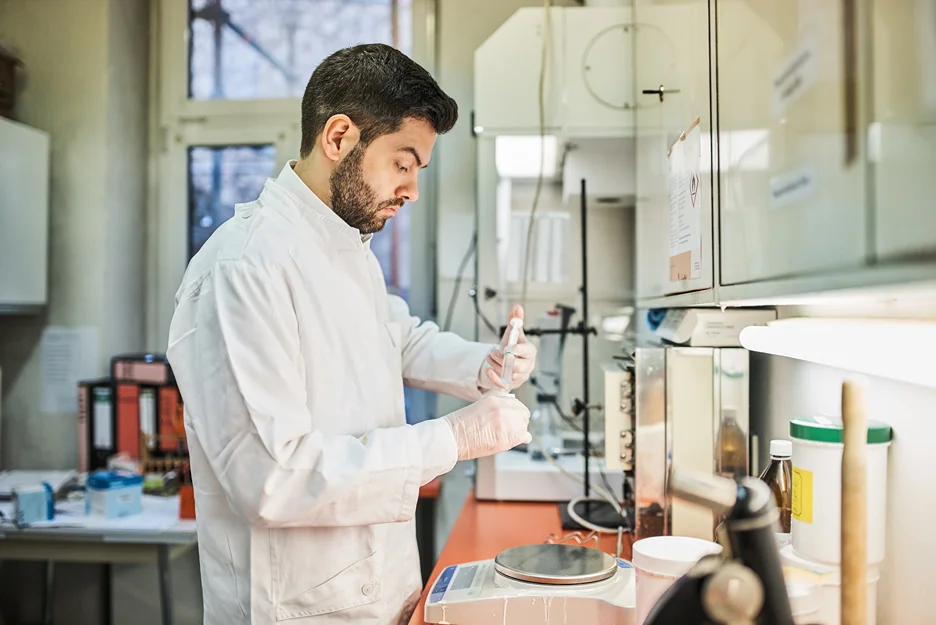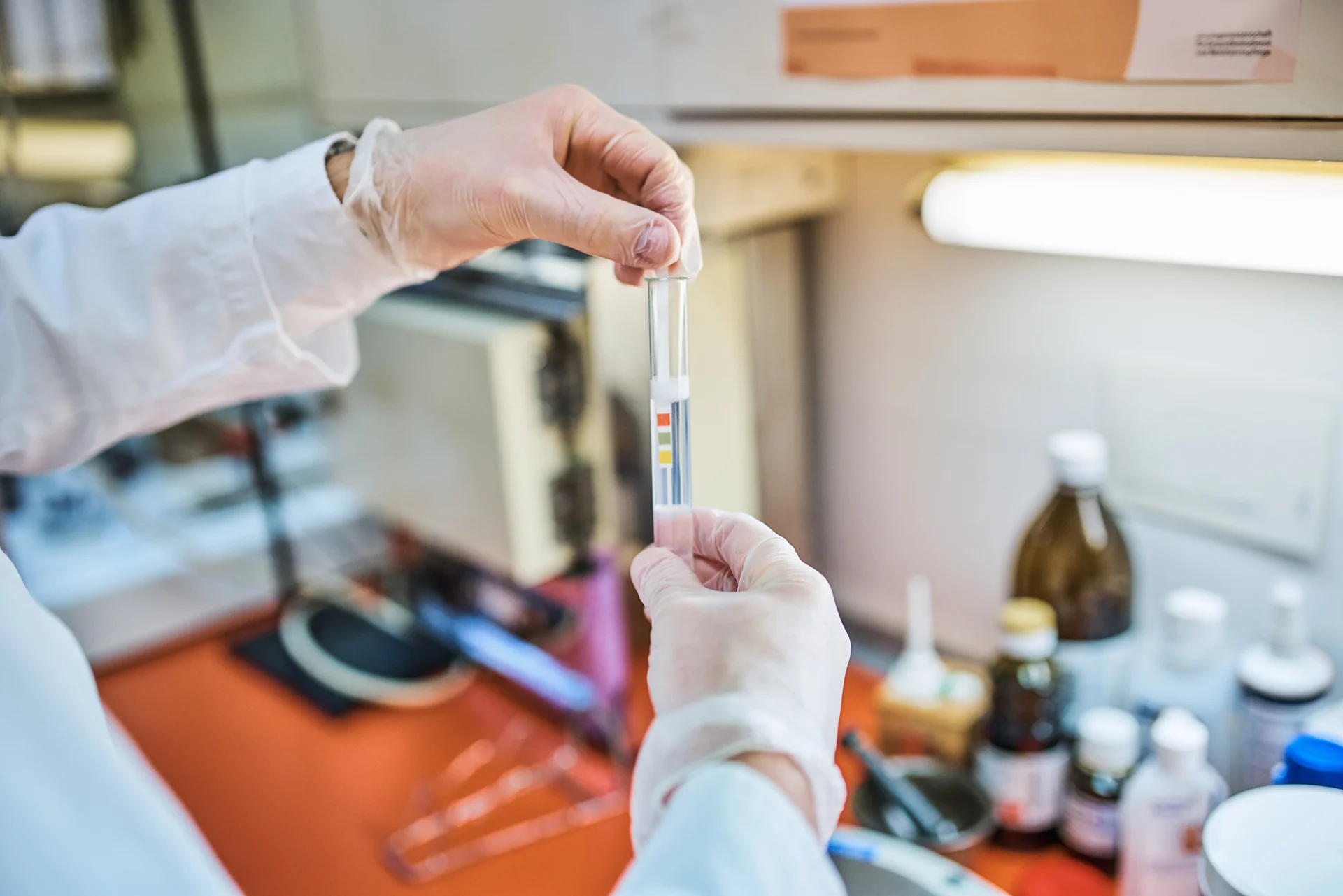The Future of Biomedical Research with Diamine Oxidase Bioassays
Bioassays or Biological Assays are essentially scientific measuring tapes, but instead of inches or centimeters, they assess the potency of substances like drugs or hormones. A bioassay can tell us not just how much of a substance is there, but also how powerful it is.
One such substance is Diamine Oxidase (DAO), an enzyme that carries out vital transformations within our bodies. In this guide, we’ll uncover the magic of DAO bioassays, taking you through what they are, how they operate, and the kits available for conducting these insightful tests.
Bioassay Basics: A Simple Pathway to Complex Insights
Biological Assays or simply known as Bioassays represent a powerful tool in the biological sciences, serving as a biochemical litmus test that assesses the potency of a substance in comparison to a standard reference.
Imagine a yardstick, but instead of measuring length or width, it gauges the strength of a biological response elicited by a specific substance, such as a drug, hormone, or enzyme.
Bioassays span across a spectrum of characteristics — they can be quantal (binary responses) or quantitative (measured on a continuous scale), and direct or indirect.
From assessing the effects of a substance on living organisms (in vivo) or on cells and tissues in a lab setting (in vitro), bioassays open the door to understanding a wide array of biological phenomena.
Diving into Diamine Oxidase (DAO) Bioassay
Our understanding of biological processes is deeply rooted in the concept of enzymes – biological catalysts that speed up chemical reactions.
One such enzyme, diamine oxidase (DAO), has a story that can be told through the lens of a bioassay. A DAO bioassay illuminates the activity of this enzyme in a given sample, providing critical insights about DAO function in different contexts.
DAO has an impressive resume, from catalyzing the oxidative deamination of diamines such as putrescine to mitigating the symptoms of histamine intolerance.
Think of it as a molecular chef, transforming the ingredients — diamines — into different products. This reaction results from putrescine to pyrroline, hydrogen peroxide, and ammonia, and this is where the power of the bioassay comes into play.
DAO bioassay traces the formation of hydrogen peroxide, a product of the DAO-catalyzed reaction. This compound reacts with phenol and 4-aminophenazone in the presence of peroxidase, another enzyme, to form a color-changing dye. This dye absorbs light at a particular wavelength, 500 nm, allowing us to “see” the previously invisible enzyme activity.
DAO bioassay acts as a sort of biological microscope, helping us quantify the activity of the DAO enzyme, even at low levels. This reliable, sensitive, and relatively simple-to-perform test grants researchers a robust tool in their toolkit, invaluable for both research and clinical settings.
By peeking into the life and Diamine Oxidase activity, we gain a more profound understanding of how our bodies function, and, perhaps, how we might better support their work.
DAO Bioassay: A Walkthrough of the Process

Understanding the procedures involved in performing a DAO bioassay is akin to learning a new recipe. Each step, from preparing the initial ingredients to cooking and presenting the final dish, plays a crucial role in the overall outcome. The same holds for a DAO bioassay, where meticulous care in each stage ensures reliable and meaningful results.
Step 1: Sample Preparation
Like preparing the ingredients before cooking, the initial step in a DAO bioassay involves getting the sample ready. This could be a biological fluid such as plasma or serum, or a tissue homogenate. This stage may include protein precipitation, a step designed to eliminate proteins that could interfere with the assay.
Step 2: Addition of Reagents
Next, we dive into the ‘cooking’ process. Here, substrates (the specific amines that DAO will work on) and other reagents are introduced. These additional reagents may include buffers, which help maintain a stable pH, and cofactors, molecules that assist the enzyme activity.
Step 3: Incubation
The reaction mixture is then incubated under specified conditions, such as particular temperatures and pH levels. Like letting a stew simmer, this is when the DAO gets to work and catalyzes the oxidation of the substrates.
Step 4: Detection
Following incubation, it’s time to check on our ‘dish.’ The product of the DAO-catalyzed reaction is detected, which could take the form of a color change, fluorescence, or other signals. The intensity of this signal is a mirror reflecting the DAO activity in the sample.
Step 5: Quantification
Lastly, the obtained signal is quantified, often employing tools like a spectrophotometer or fluorometer. This step translates the DAO activity into numerical data, providing a concrete measure of the enzyme activity in the sample.
The specifics of these steps can vary depending on the bioassay’s design and the requirements of the research or clinical context.
A well-designed DAO bioassay should exhibit:
- Sensitivity (detecting even small changes in DAO activity)
- Specificity (isolating and measuring only DAO activity, not other enzymes)
- Reproducibility.
With respect to the specific reaction that DAO catalyzes, it oxidizes diamines, polyamines, and histamine. It removes hydrogen atoms from these molecules, typically resulting in the formation of aldehydes and hydrogen peroxide. These products can be detected directly or through subsequent reactions with other reagents.
Take note that the exact steps and conditions might vary depending on the design of the bioassay and the specific needs of the research or clinical context.
Always refer to the specific protocol for your DAO bioassay for accurate instructions. The better we understand this process, the more adept we become in harnessing its potential for scientific discovery and advancement.
Highlighting Selective DAO Bioassay Kits for Research
As research and development continue in the field of biomedicine, several DAO biological assay kits have been designed to measure the activity of Diamine Oxidase (DAO) with high precision. These kits cater to different specific needs, preferences, and budgets of researchers. Here are some of the widely-used kits in the market:
- BioVision DAO Assay Kit – BioVision also offers a reliable DAO bioassay kit that uses a spectrophotometric method. Similar to DiaGenic’s offering, this kit is also user-friendly and yields accurate results, allowing scientists to accurately measure DAO activity.
- Cayman Chemical Assay Kit – This kit utilizes a colorimetric method to measure enzymatic activity. While it might be less sensitive than spectrophotometric kits, it still provides a dependable means to quantify DAO or overall enzymatic activity, offering a more economical alternative to researchers.
- Sigma-Aldrich DAO Assay Kit – This kit uses a chemiluminescent method to measure DAO activity. Despite being one of the more pricey options, it’s known for its high sensitivity, making it a worthwhile investment for certain researchers seeking more precision.
- QuantiFluo DAO Assay Kit – This assay kit also measures DAO activity in human plasma. It uses a fluorimetric method, making it more sensitive than spectrophotometric kits, but it also comes at a higher price. However, its ease of use and accurate results make it a go-to choice for many researchers.
- MyBioSource DAO ELISA Kit – This kit uses a competitive enzyme-linked immunosorbent assay (ELISA) method to measure DAO activity. It stands out for its reliability, accuracy, and user-friendly application, making it a popular choice among many researchers.
- Abcam DAO ELISA Kit – Similar to the MyBioSource kit, Abcam’s kit also employs a competitive ELISA method to track hydrogen peroxide production, a byproduct of DAO activity. Its ease of use and accurate results have earned it a spot among the favored kits in the market.
- Cell Signaling Technology DAO ELISA Kit – This kit uses a sandwich ELISA method to measure DAO and other enzymatic activities, providing a higher sensitivity than the competitive ELISA method. However, it also requires a more complex process, which might be more suitable for seasoned researchers.
- R&D Systems DAO ELISA Kit – This kit, similar to Cell Signaling Technology’s, uses a sandwich ELISA method. It offers high sensitivity but comes with a more complex procedure.
Conclusion
DAO bioassays are incredibly valuable tools in the world of scientific research, helping us peek into the inner workings of our bodies. They give us the ability to understand and quantify the activity of enzymes like DAO in a very precise way.
However, it’s important to remember that conducting these tests requires not just the right kit, but also the proper equipment and knowledge. They’re not DIY projects or home experiments, but sophisticated processes meant for trained hands in lab settings.
By learning more about them, we can appreciate the meticulous work that goes into scientific research and medical testing, and better understand the kind of information these assays provide us with.
Understanding the hows and whys of these tests might not turn us into scientists overnight, but it does open a window into the fascinating world of biological research.
Enhance Your Health with SeeBeyond’s DAO Supplements
Looking to support your body’s natural functions? Try SeeBeyond’s DAO supplements. Designed to enhance your DAO levels, our supplements can help promote a healthier gut. With careful sourcing and testing, we ensure top-quality products for your well-being.
Discover SeeBeyond’s DAO supplements today – your health deserves it!
